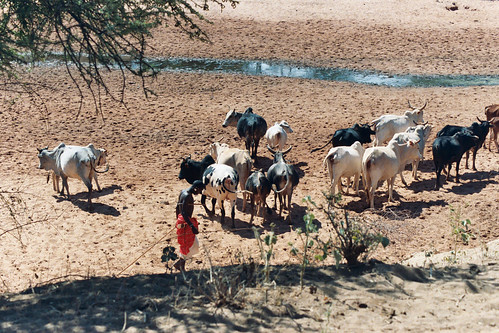Welcome to Part 1 of this 5-part series from Lentille director, John. John is passionate about all things conservation and development, but mainly about how conservation is done. This blog will tell the Lentille story and explain the strategy taken and how it benefits the community in a fair, successful, sustainable way.
In this weekly blog series I’m going to tell the story of how 20,000 acres of semi-arid land in the north of Laikipia, a district of Kenya, was brought back from the brink of destruction by a desperate, but conservation-minded community of Maasai and Samburu people.
In the appalling drought year of 2000, 80% of Maasai and Samburu tribesmen’s livestock had died. These already poor communities were on the edge of starvation. Livestock dependency had caused this (remoteness, tradition and lack of access to services meant other livelihoods were not considered), as well as ruthless over-grazing. How would it be possible to survive and make money out of their land if livestock was going to be such a risky investment?

The community decided to put some of its land into conservation for wildlife, in the hope that they might get some tourism income out of it. The African Wildlife Foundation - AWF supported their efforts and gave conservation advice. In fact the community of Kijabe Group Ranch set aside for conservation, and stopped all grazing on, a whole one third of their land: 5000 acres. 15 men of the community volunteered, for no reward, to protect it from livestock incursion and poachers.
In 2003, the construction of a tourism property was started, but the project failed, and building was halted.
 |
| View of the Ol Lentille Conservancy, 2006 |
In 2005 Regenesis Limited, a Kenyan company owned by British social investors John & Gill Elias made a 25 year agreement with the community to manage conservation and tourism on their behalf. Regenesis had been set up specifically to invest in, donate to, and manage community-based conservation tourism. Crucially, Regenesis passed ownership of the $2 million lodge it constructed during 2006 to the community. Stories of exploitation and dispossession of communities by investors abound in East Africa . This was not to be one of them- the community would be the owners and the beneficiaries.
Find out next week how the community made a success of their conservancy, and the benefits it has brought.


No comments:
Post a Comment